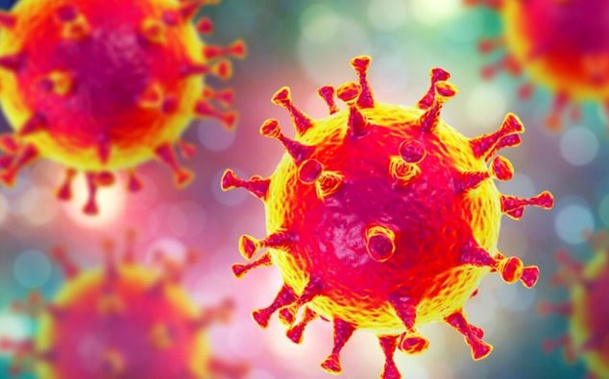
If you’ve just had Covid-19, there’s a three-in-four chance the highly mutated JN.1 subvariant was responsible.
The troublesome Omicron off-shoot has this month accounted for more than 70 per cent of the coronavirus ESR scientists have detected in wastewater - making it New Zealand’s most dominant variant since 2022′s winter wave-making BA.5.
“It’s really the only show in town right now,” ESR’s pathogen genomics technical lead Dr David Winter said of JN.1, which has made a similar splash around the world.
First picked up here in October, JN.1 was making up about one in 10 cases by the start of December, at least half by the end of the month and likely about eight in 10 today.
/cloudfront-ap-southeast-2.images.arcpublishing.com/nzme/CWZISRTZSZBCBLHJ7GQWRNLG6Q.jpg)
This graph shows change in percentage of variants in New Zealand's wastewater over the past year. JN.1 is denoted in dark purple, while the variant it descended from, BA.2.86, is shown in light purple. Source / ESR
Winter was surprised to see its swift rise, given the variant it descended from - BA.2.86, or “Pirola” - packed nearly as many mutations, but never took off itself.
All that separated the two was a single change its cell-hacking spike protein - and while that mutation was likely linked to immune escape, “it wasn’t like a giant red flag that was going to make it a lot worse... but it was”.
As at this month, JN.1 was behind an estimated 86 per cent of cases in the US and around three quarters in the UK, with similar growth being seen across the Tasman.
Here, it swiftly added momentum to a Covid-19 wave that began building around the start of summer, on the back of waned population immunity.
- Has NZ's Covid-19 summer wave finally peaked yet?
- Latest Covid wave 'disproportionately' hospitalising Pacific people
- Fifth Covid wave hits new high as Govt looks at ending free RATs
- Summer Covid wave: 'We may see more peaks'
“Toward the end of December, we were showing that it had a growth advantage that was about the same as BA.5, and that it would become the dominant variant in January,” Winter said.
“And that’s just what’s happened.”
While JN.1 didn’t appear to make people any sicker than the Omicron variants before it, that pattern could change as the virus continued to evolve.
The latest Omicron-targeted booster wasn’t yet available in New Zealand, despite being in use elsewhere – but experts say the current shot remained effective in preventing severe disease.
Meanwhile, ESR’s latest wastewater data still showed elevated levels of the virus across the country, with the summer wave following a plateau-like pattern.
“There is a slight downward trend since December following a relatively stable period over the last couple of months, but fluctuations in the data have been observed,” said Dr Joanne Hewitt, head of ESR’s Environmental Virology Laboratory.
Te Whatu Ora Health New Zealand reported 343 people in hospital with the virus as at last Sunday - up from 324 the week before.
Jamie Morton is a specialist in science and environmental reporting. He joined the Herald in 2011 and writes about everything from conservation and climate change to natural hazards and new technology.
Take your Radio, Podcasts and Music with you









